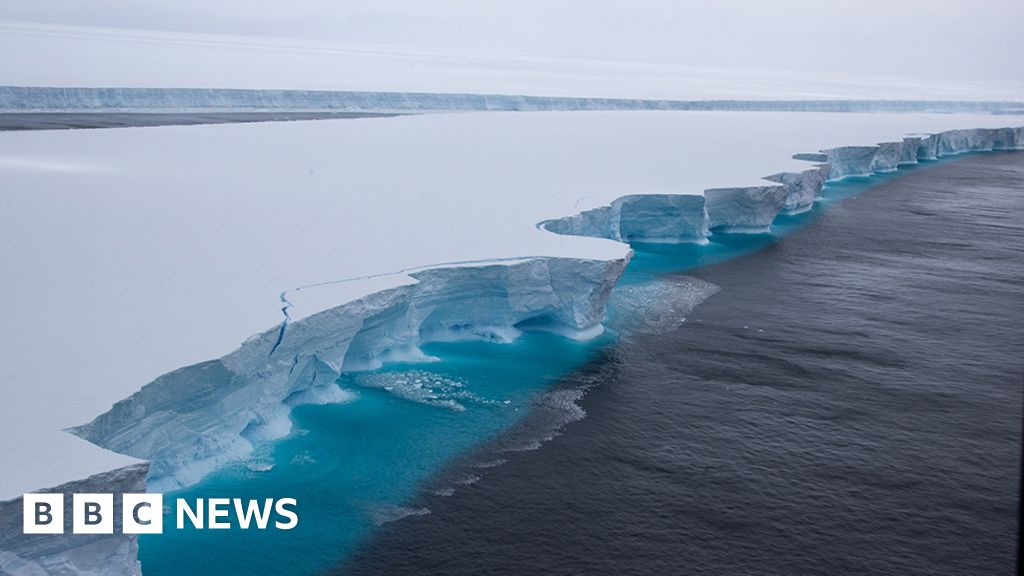The iceberg came from a part of the Antarctic where it is still very cold – the Larsen C Ice Shelf. This is a mass of floating ice formed by glaciers that have flowed down off the eastern side of the Antarctic Peninsula into the ocean. On entering the water, the glaciers’ buoyant fronts lift up and join together to make a single protrusion. The calving of bergs at the forward edge of this shelf is a very natural behaviour. The shelf will maintain an equilibrium and the ejection of bergs is one way it balances the accumulation of mass from snowfall and the input of more ice from the feeding glaciers on land. Larsen C calves big icebergs like A68 on decadal timescales.
Related posts:
Tesla starts using cabin cameras for driver monitoring
ChatGPT Free Users Can Generate AI Images With DALL-E 3 But With A Catch
Leaked Video Reveals Pixel 8 Pro Design And Potential Temperature Sensor: Here's What We.....
Foxconn SpaceX: Apple’s top iPhone supplier goes to outer space with new satellites
Disney, WarnerMedia, NBCU wrestle to balance value of cable and streaming
Seven out of nine 'safe limits' for life on Earth have been exceeded by humans, scientists...
Yes, it's going to be a hot vax summer
Microsoft Xbox, Sony PlayStation, Nintendo: Video game earnings round-up
Zika virus: Florida to release genetically modified mosquitoes
"Everybody on Earth is counting on...": Ex-Commander of International Space Station on...

